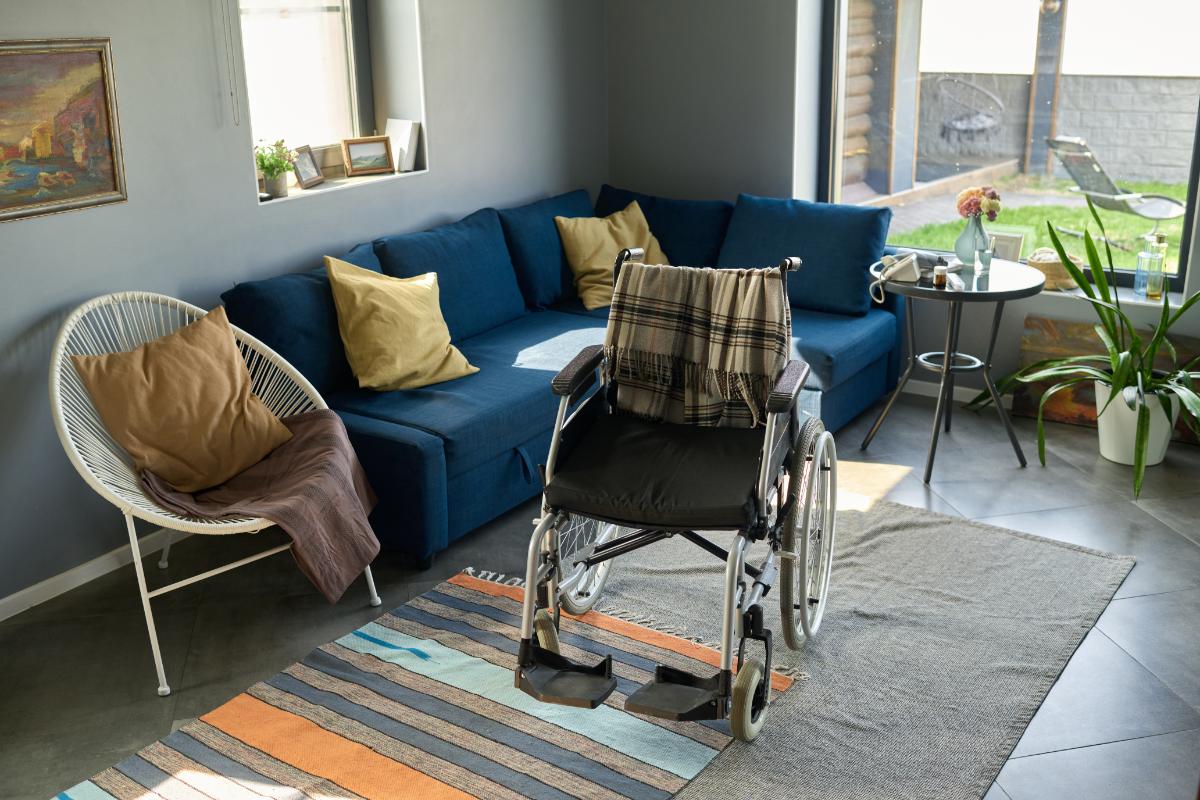When we think about dementia-friendly products, our minds often go straight to function: non-slip surfaces, clear labels, easy-to-use buttons, or safety features. These things are vital—but they’re not the whole story.
There’s another essential element in caregiving tools that’s too often overlooked: beauty.
For people living with dementia, thoughtful design isn’t just about what a product does—it’s about how it makes them feel. And the difference between something clinical versus something warm, inviting, and dignified can be life-changing.
Here’s why aesthetic matters just as much as utility when it comes to dementia care—and how good design can support both dignity and daily joy.
The Problem with “Clinical” Products
So many caregiving tools come in stark white plastic, loud primary colors, or hospital-like finishes. These choices may be functional—but they can feel dehumanizing. No one wants to feel like a patient in their own home.
Products that feel “institutional” can unintentionally reinforce a sense of illness, helplessness, or loss of identity. For people with dementia—who may already struggle with self-recognition, control, or confidence—this matters deeply.
What’s more, the caregiver experience matters too. Tools that feel cold, sterile, or out of place in a warm home can increase emotional stress and disconnection.
Design That Honors the Person
At Good Carma, we believe design can be a form of love. Beautiful, calming, and human-centered products don’t just “do the job”—they preserve identity, dignity, and a sense of home.
Thoughtful design says: “You matter. Your environment should reflect who you are, not just what you need.”
This might mean:
- Adaptive clothing that looks like favorite outfits.
- Activity boards made from natural wood instead of plastic.
- Cups and utensils in comforting shapes and colors, not toddler-like patterns.
- Clear signage that uses soft typography and gentle hues.
The result? Products that support both function and emotion—and bring ease, not embarrassment.
The Psychology of Color & Texture

Visual clarity is critical for people with dementia. But that doesn’t mean everything needs to be bold red or neon yellow. In fact, overly stimulating color palettes can increase anxiety or confusion.
Instead, soft contrast, muted natural colors, and familiar textures can create a calming environment. Think pale blues, warm greens, or earthy tones—paired with gentle surfaces like cotton, felt, or wood.
Even simple changes—like using a matte plate instead of a shiny one, or a textured knob instead of a smooth one—can help someone feel more grounded and capable.
Beautiful Design Encourages Use
Here’s something else we’ve learned: when products look beautiful, people are more likely to use them. A walker that looks elegant might actually become part of someone’s personal style. A cozy weighted blanket with a lovely pattern might feel like a comforting friend.
Good design doesn’t just meet needs—it inspires trust and interaction. And that makes caregiving smoother for everyone.
What to Look for in Dignity-Forward Design
If you’re shopping for dementia-friendly products, here are a few key questions to ask:
- Does it look like something I’d want in my home?
- Would this item feel empowering to use—or infantilizing?
- Is the material soft, natural, or warm to the touch?
- Does the design reflect who my loved one is, not just what they need?
Aesthetic design is not a luxury—it’s a caregiving essential.
Final Thoughts
Designing for dementia isn’t just about ease. It’s about emotion. It’s about creating moments of joy, calm, and self-respect in the middle of challenging days.
When we choose beauty alongside function, we honor the full humanity of the people we love.
Because dementia may change how someone remembers the world—but it doesn’t change their worth. And dignity should always be part of the design.



